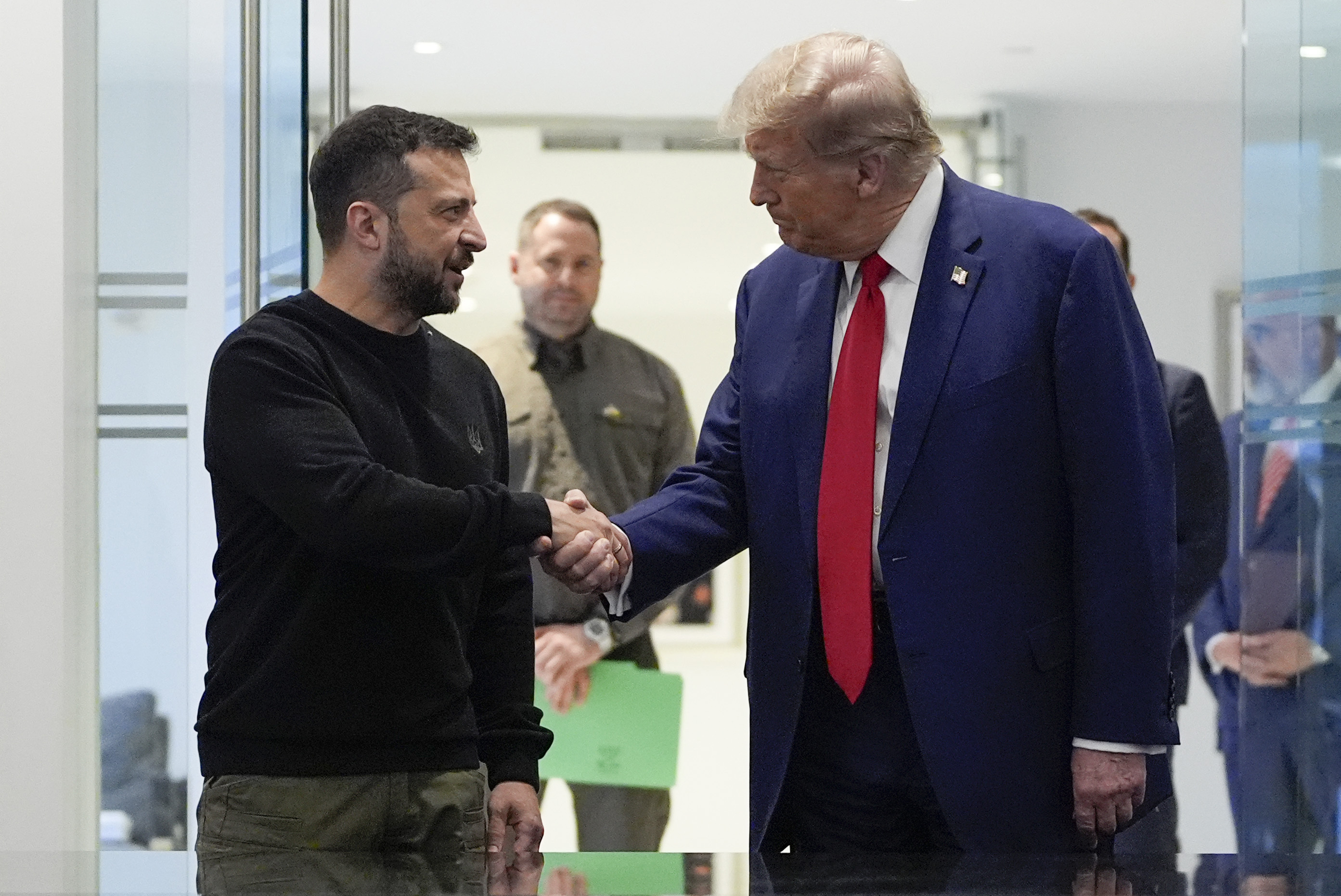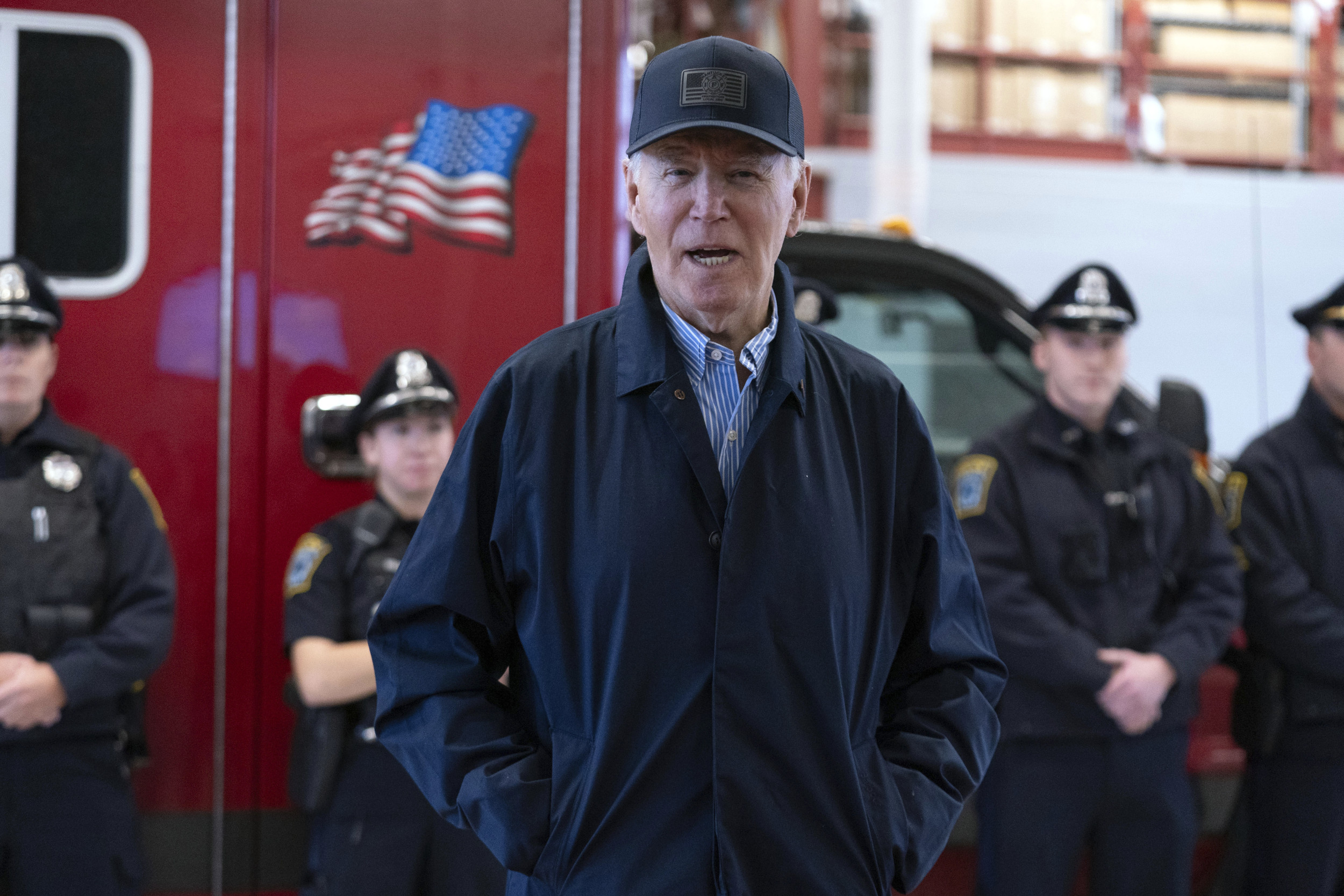Retailers across the United States are betting big on Black Friday this year.
As holiday shopping kicks into high gear, this pivotal day offers brick-and-mortar stores a chance to win back customers seeking bargains and the unknown surprises that come with in-person shopping.
Even in a digital age, Black Friday continues to generate the highest in-store foot traffic of the year, according to retail tech firm Sensormatic Solutions.
"Black Friday is still an incredibly important day for retailers," said Grant Gustafson, Sensormatic's head of retail consulting and analytics.
"It's important for them to be able to get shoppers into their store to show them that experience of what it's like to browse and touch and feel items."

The Evolving Role of Black Friday in Retail
This year's holiday shopping season comes with unique challenges.
Retailers are navigating a shortened window——there are five fewer days between Thanksgiving and Christmas compared to last year. Many stores began offering discounts in October to spread out spending, but Black Friday remains a cornerstone event to drive urgency and volume in purchases.
Research from retail analysts Circana shows shoppers are three times more likely to make impulse purchases in person than online.
"(Stores) are very hungry for Black Friday to do well," said Marshal Cohen, chief retail advisor at Circana.
"They recognize that they're not going to clobber and win big growth in online because the pie has gotten so competitive. They have to find a way to win in the stores."

Influence of Inflation on Shopping Behavior
Texas shopper Emily Phillips said the in-store experience is part of what makes Black Friday special.
"I save up all the things that I want all year and usually try and get them around Black Friday. I prefer to shop in person because then I can try stuff on. It's a better experience," she said while visiting the Galleria Dallas.
Consumer spending in October showed resilience, with sales increasing at electronics stores, restaurants, and other retailers, according to the Commerce Department.
However, the pinch of inflationary pressures remains challenging.
Walmart, buoyed by strong sales of essentials like groceries and toys, heads into the holiday season with momentum, while Target has faced sluggish demand for discretionary items like apparel.

Black Friday vs. Cyber Monday
The unpredictability of Black Friday's in-store deals continue to hold appeal.
Mall of America is among the many retailers banking on the excitement of in-person shopping to draw crowds.
The Minnesota-based mall hopes to surpass the 12,000 shoppers it hosted in the first hour of its 7 a.m. opening last year.
"People come to get the deals, but more importantly, they come for the excitement, the energy, the traditions surrounding Black Friday," said Jill Renslow, the mall's chief business development and marketing officer.
Adobe Digital Insights reported that U.S. consumers spent $77.4 billion online from Nov. 1 to 24, an increase of 9.6 percent from the same period last year.
However, Adobe's lead analyst Vivek Pandya explained the importance of the five-day Black Friday weekend for securing the best deals.
Thanksgiving Day is the best time to shop online to get the best deal on sporting goods, toys, furniture and appliances, according to Adobe's analysis.
But Black Friday is the strongest time to buy large electronics, like TVs.
Gadgets and clothing are best reserved for Cyber Monday. Deep discounts of up to 30 percent can be found on what is left of each retailer's prepared stock.
This article includes reporting from The Associated Press



















 English (US) ·
English (US) ·